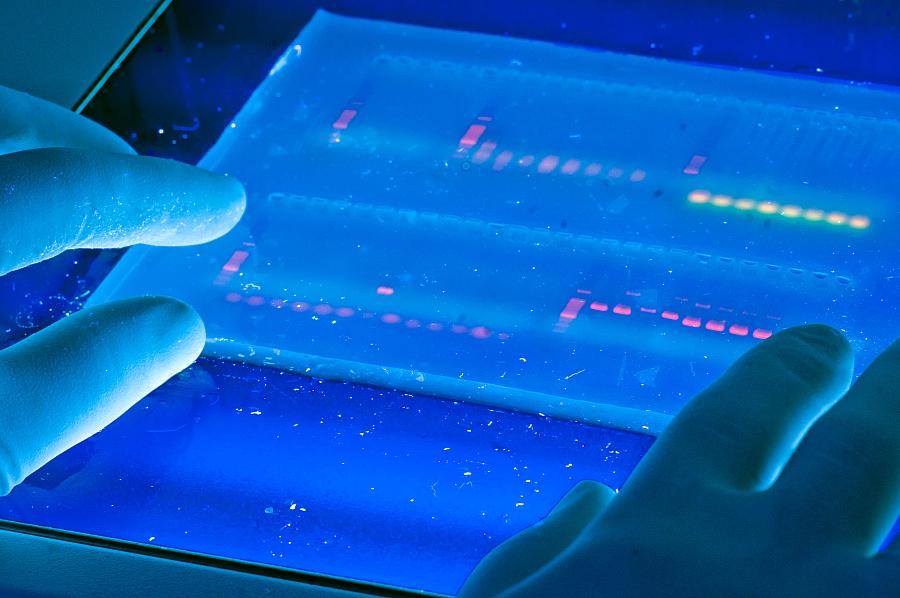Just One Breath: CDC sifts DNA from dirt to trace valley fever’s northward spread

Read the second part of this two-part series here.
The untold story of how the U.S. Centers for Disease Control and Prevention tracked valley fever far north of its typical haunts and into Washington state starts in the dirt.
A team from the Washington State Department of Health and the Benton-Franklin Health District in eastern Washington carefully collected, refrigerated, packed and shipped fragile samples of soil to the CDC in Atlanta.
Testing there revealed something with few precedents, and if the agency can replicate it on a wider scale, we could see a massive change in the way we understand valley fever.
The entire process of isolating and identifying a pathogen or a DNA sample presumes that the sample has not been contaminated with other substances or – most importantly – other DNA. Dirt is the direct outcome of decomposing organic matter mixed with inorganic matter – broken down rocks, decaying plants, and dead animals. Not to mention all the things living and thriving in the dirt. DNA piled upon DNA, ground up with more DNA.
“DNA is ubiquitous,” Peter Gill, former principal scientist at the United Kingdom's Forensic Science Service, told Linda Geddes at New Scientist. "There are lots of examples where inadvertent transfer of DNA has happened."
And here’s another thing that was working against the CDC. Soil contains substances that actively inhibit the enzymes that allow DNA sequencing to work. Carney D. Matheson at the Department of Anthropology at Lakehead University in Ontario, Canada, and colleagues wrote about this phenomenon in the Open Enzyme Inhibition Journal in 2010. “Inhibition remains the greatest methodological challenge in molecular analysis of buried biological remains,” they wrote.
That’s why the CDC had to spend so much time up front preparing the DNA samples. That prep work involved purifying the DNA to free it of contaminating substances and to allow it to interact with enzymes that allow DNA to be copied during the polymerase chain reaction (PCR) process. Don’t remember how that works? Here’s a primer.
For help, the CDC turned to experts at the nonprofit Translational Genomics Research Institute (TGen). TGen developed a new real-time test for detecting the Coccidioides immitis and Coccidioides posadasii fungi and described it in a 2010 journal article in Medical Mycology. Later TGen developed a newer assay that the CDC used in these cases.
It was difficult work. When the CDC couldn’t tease out enough DNA from the dirt, it had to start over. When it isolated the DNA but then found that the DNA wasn’t interacting with the enzymes, it would have to start over.
In all, the CDC examined 22 soil samples.
Remember, up until this point, everyone assumed that the Coccidioides fungus that causes valley fever lived only in the super-hot, dry climates of Central California and Arizona, and south of the Mexican border. But the CDC found valley fever in six of the 22 samples from Washington state.
That was just the first exciting step.
Next: How the CDC linked DNA from dirt to infections in people.
Photo by University of Michigan via Flickr.
